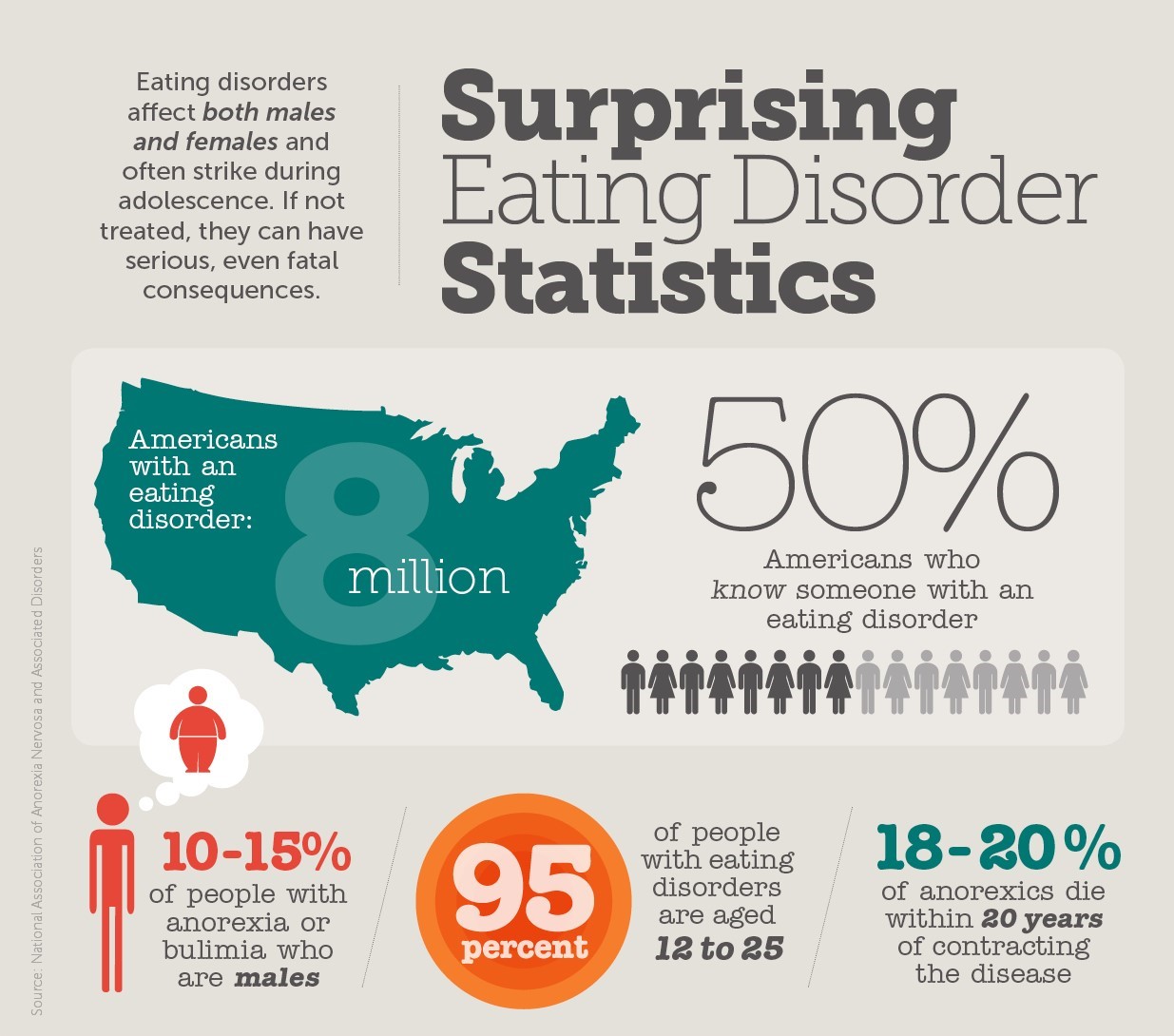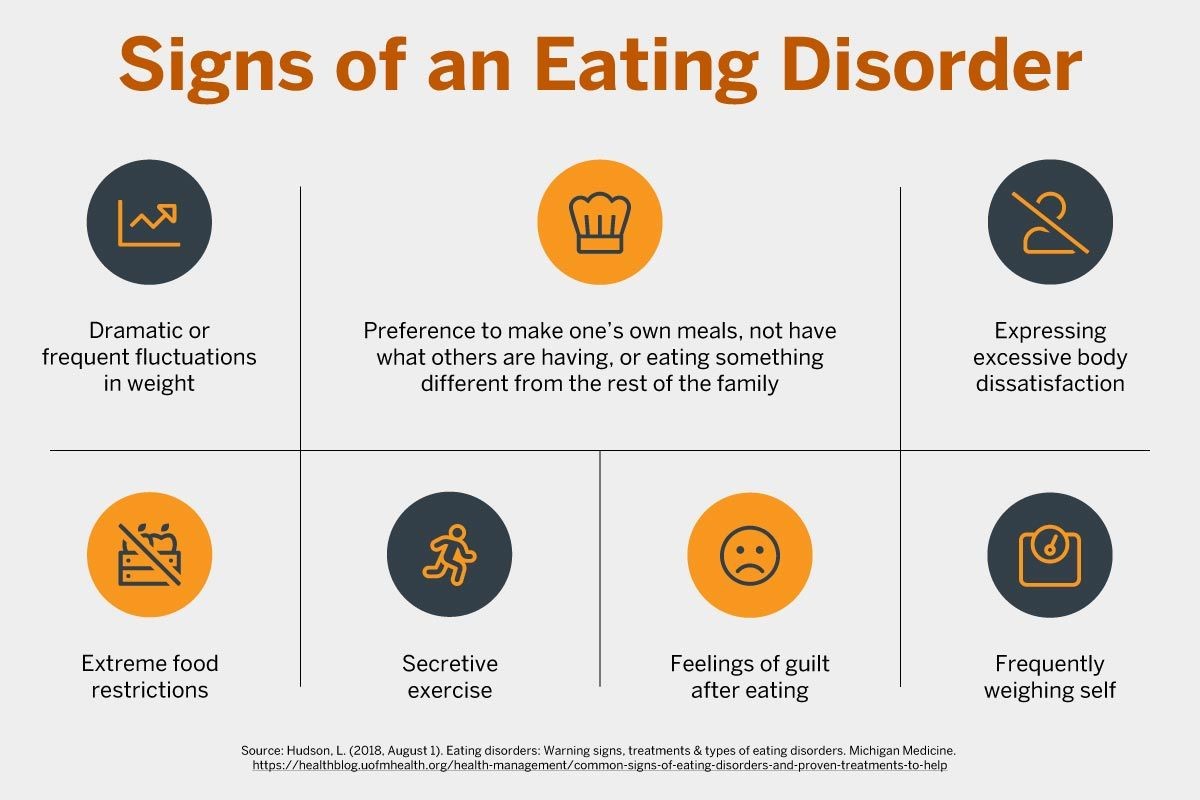
The Growing Concern of Eating Disorders And How To Bring It Under Control
20th September 2023
Research reveals that an estimated 1.2 million individuals are currently grappling with eating difficulties in the United Kingdom alone.
Alarmingly, only a quarter of those affected by eating disorders are male. For parents whose children exhibit eating difficulties, the situation can be both distressing and challenging. However, there are numerous ways to provide support and guidance to a child facing these issues. Crucially, involving a general practitioner (GP) is essential when addressing a potential eating disorder within the family. You can also undergo a certificate in Pre and Primary teacher training course as a parent or teacher to understand the issue better and take appropriate steps.
Understanding Common Eating Disorders

Here are some of the most common eating disorders faced by teens and adolescents in recent times:
- Anorexia Nervosa
Eating disorders encompass a wide spectrum of conditions, each with its unique symptoms. Perhaps the most widely recognized is anorexia nervosa, in which individuals restrict their food intake as an unhealthy coping mechanism or to gain a sense of control. This often results in rapid weight loss. The root causes of eating disorders can vary, including trauma, perfectionism, or life experiences, making it challenging to pinpoint their origins.
- Bulimia Nervosa
Another prevalent eating disorder is bulimia nervosa, characterized by purging behaviors such as vomiting or using laxatives. Binge eating, which involves consuming large quantities of food, can trigger feelings of shame and guilt.
- Other Specified Feeding and Eating Disorders (OSFED)
OSFED is an umbrella term for eating disorders that do not fit into the previously mentioned categories. It can be a binge eating disorder where a child is found eating a considerable amount of food within a short period.
It can also be a restrictive/avoidant foot intake disorder where one is on an extremely strict diet and limits oneself to consuming certain foods only. It's important to note that individuals with eating disorders often exhibit symptoms of different disorders concurrently.
Diverse Causes of Eating Disorders
Eating disorders are not solely about preventing weight gain; there are multifaceted reasons why an individual, whether a child or adult, may manifest symptoms of an eating disorder. These can include past trauma or specific life events that may trigger other mental health conditions like anxiety, depression, or low self-esteem.
The influence of social media, with its idealized standards of appearance, has also been implicated in the ongoing rise of eating disorders by distorting perceptions of self-image.
Hey, do you follow us on Social Media? We regularly share upgraded educational content, tips, feedback and more. Check us out by clicking the profiles here - Facebook / Twitter / LinkedIn / Pinterest / Instagram / YouTube
Recognizing Signs of Eating Disorders in Children

Identifying an eating disorder can be challenging as symptoms vary widely. Nevertheless, several red flags may indicate an unhealthy relationship with food:
- Excessive concern about weight and body shape.
- Avoidance of social occasions involving food.
- An unhealthy fixation on exercise or excessive physical activity.
- Strict food intake rules and unhealthy routines.
- Rapid, dramatic weight loss.
- Consuming large amounts of food quickly.
- Avoid eating in the presence of others.
- Hiding weight loss with oversized clothing.
Guidance for Parents and Educators
When you suspect a child, whether in your care as a parent or teacher, is dealing with an eating disorder, it's crucial to remember that recovery is a unique and time-consuming process. Involving a GP is strongly recommended, and following their advice and guidance throughout the recovery journey is vital.
For educators, it's essential to adhere to school guidelines and maintain transparent communication with the designated safeguarding lead. Creating an inclusive and compassionate classroom environment is crucial for addressing topics like eating disorders as part of the Personal, Social, Health, and Economic (PSHE) curriculum.
Treatment often involves monitoring weight restoration to a healthy level and engaging in therapeutic interventions. Monitoring the patient's physical health may also be necessary to address any complications that have arisen.
Recovery varies for each individual, with treatment tailored to specific symptoms and needs. Additional support, including counseling and parenting assistance, is available from organizations like Spurgeon and Fegans Child Counselling Services, often provided in collaboration with schools, children's centers, and GP surgeries.
It's important to note that individuals with eating disorders may not always recognize their need for support. If you have concerns about a student under your care, report them to your Designated Safeguarding Lead.
Pave The Way For Healthy Eating And Healthy Living
When it comes to recognizing and supporting a child in your school who might be struggling with an eating disorder, your role as an educator or parent is undeniably vital. It's not just about observing their physical health but also understanding the emotional and psychological aspects of their journey. Consider undergoing a Certificate in Pre and Primary Teacher Training Course to stay vigilant and informed. Your compassion, empathy, and willingness to intervene early can make all the difference in their path to recovery.
We believe education should be accessible for everyone. That’s why we don’t charge for our blogs. Find the right course that will help you in your career with us, contact us at - +6621056101. You can mail us at act@asiancollegeofteachers.com
Written By : Park Jin Ae




